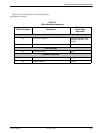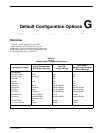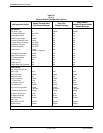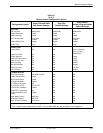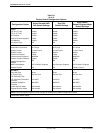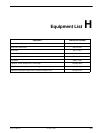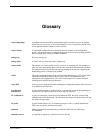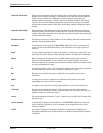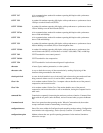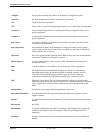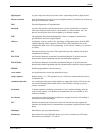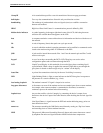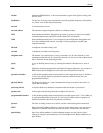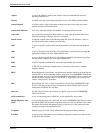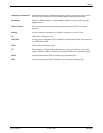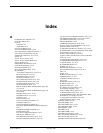
Glossary
Glossary-33810-A2-GB30-20 November 1996
CCITT V
.17 A fax communications standard for modems operating half-duplex with synchronous
data at 14,400 bps.
CCITT V
.22 A standard for modems operating full-duplex with asynchronous or synchronous data at
1200 bps over the dial network (PSTN).
CCITT V
.22bis A standard for modems operating full-duplex with asynchronous or synchronous data at
1200 or 2400 bps over the dial network (PSTN).
CCITT V
.27ter A fax communications standard for modems operating half-duplex with synchronous
data at 2400 and 4800 bps.
CCITT V
.29 A fax communications standard for modems operating half-duplex with synchronous
data at 7200 and 9600 bps.
CCITT V
.32 A standard for modems operating full-duplex with asynchronous or synchronous data at
4800 or 9600 bps on switched (dial) or leased telephone lines.
CCITT V
.32bis A standard for modems operating full-duplex with asynchronous or synchronous data
over dial networks (PSTN) or leased lines at 14,400, 12,000, 9600, 7200, or 4800 bps.
CCITT V
.42 CCITT standard for error control protocol.
CCITT V
.42bis CCITT standard for data compression.
CCITT V
.54 CCITT standard for local and remote diagnostic loopback tests.
character A letter, figure, number, punctuation, or other symbols.
character echo
A way to check the accuracy of data transmission by sending (displaying) all the
characters being transmitted to the monitor.
circuit pack lock A screw lock tab installed over a circuit card’s latch release tab to prevent the unit from
being removed without a tool. It is used on SDUs, modems, and filler panels.
Class 1 fax
A fax modem standard. Under Class 1 computer software handles most of the protocol,
compression, and conversion tasks.
Class 2 fax
A fax modem standard. Under Class 2 the modem handles most of the protocol,
compression, and conversion tasks as well as modulation, leaving the computer free for
other work.
command line Contains the command(s) instructing the modem to perform a function. Command lines
begin with the AT prefix (unless disabled), and are executed when you press the Return
key.
Command mode One of two general modem operating modes. When in Command mode, the modem
accepts commands instead of transmitting or receiving data.
configuration area One of five areas within the Configure branch containing modem settings. Configuration
areas include Active (Operating), Active (Saved), Customer 1, Customer 2, and Factory.
configuration option Modem software that sets specific operating parameters for the modem. Sometimes
referred to as straps.



